
Exhibits
VA Research at 100: A Century of Medical Advancements
In 1925, 100 years ago, the Veterans Bureau initiated the first hospital-based medical research studies to address Veteran-specific issues like mental health, tuberculosis, cancer and toxic exposure. The program has since made significant medical breakthroughs and innovations, impacting the world.
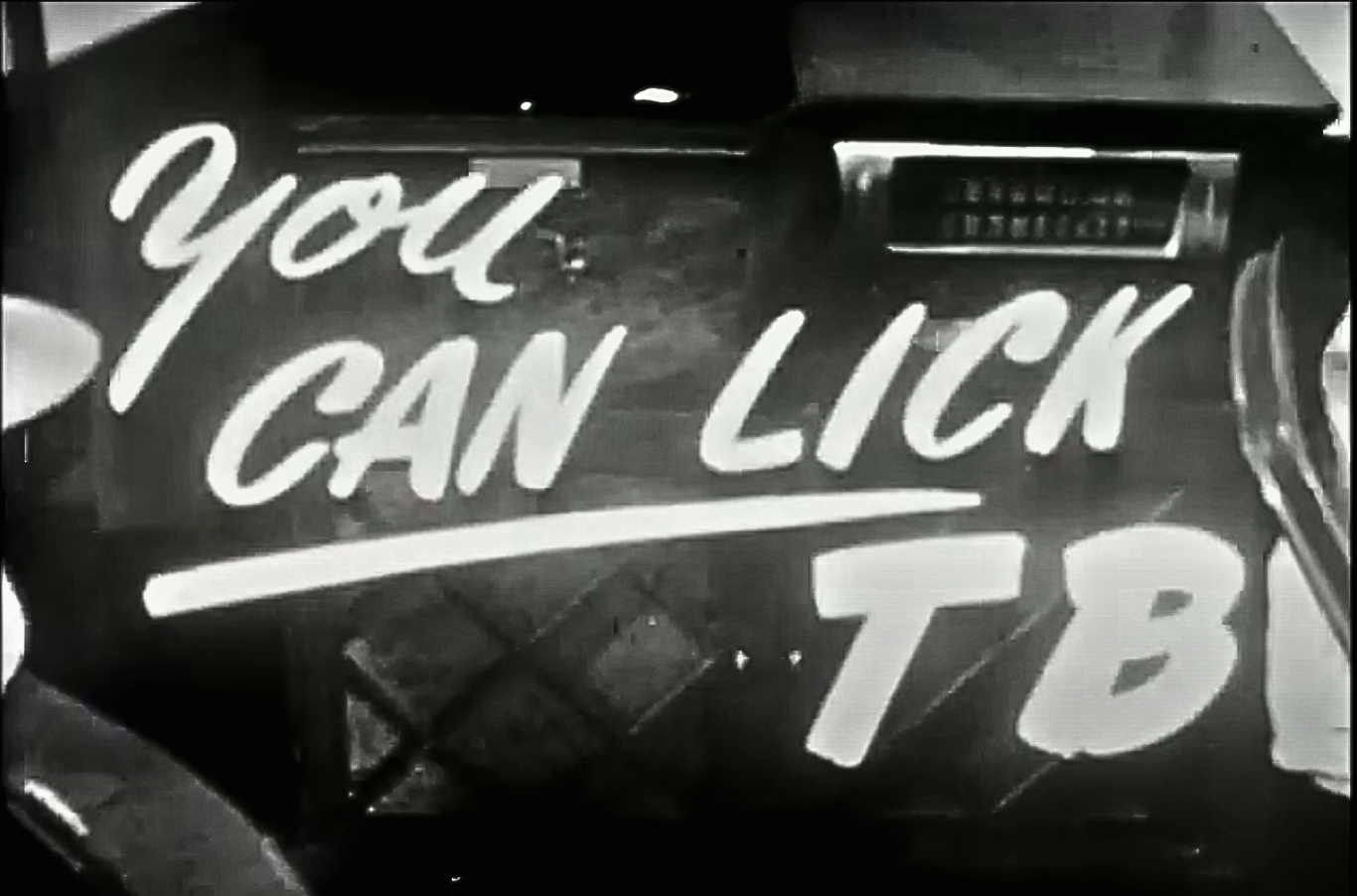
History of VA in 100 Objects
Object 89: VA Film “You Can Lick TB” (1949)
In 1949, VA produced a 19-minute film titled “You Can Lick TB.” The film follows a fictional conversation between a bedridden Veteran with tuberculosis and his VA doctor, dramatizing through brief vignettes the different stages of TB treatment and recovery.

Featured Stories
Dr. Philip Matz: A Pioneer in VA Medical Research
After World War I and the establishment of the Veterans Bureau, one of the key focuses was developing a research program.
The intent was to have the necessary statistical studies and research information to help the Bureau treat Veterans not just from World War I but all future conflicts.
The man chosen to lead this task was Dr. Philip Matz, and his work was groundbreaking in the future of Veteran healthcare.
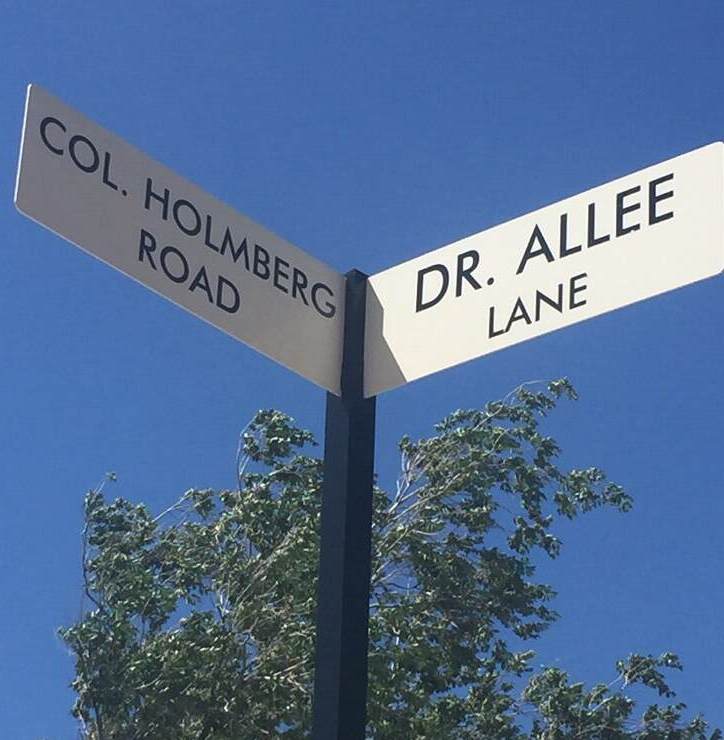
Featured Stories
The Historic Streets of the VA Medical Center in Prescott, Arizona
Ever wonder where some historic street names come from? That's the question that pops up at the VA Medical Center in Prescott, Arizona. Multiples names are displayed on white signs, such as Holmberg, Allee and Whipple. Who are they? Dive in and find out.
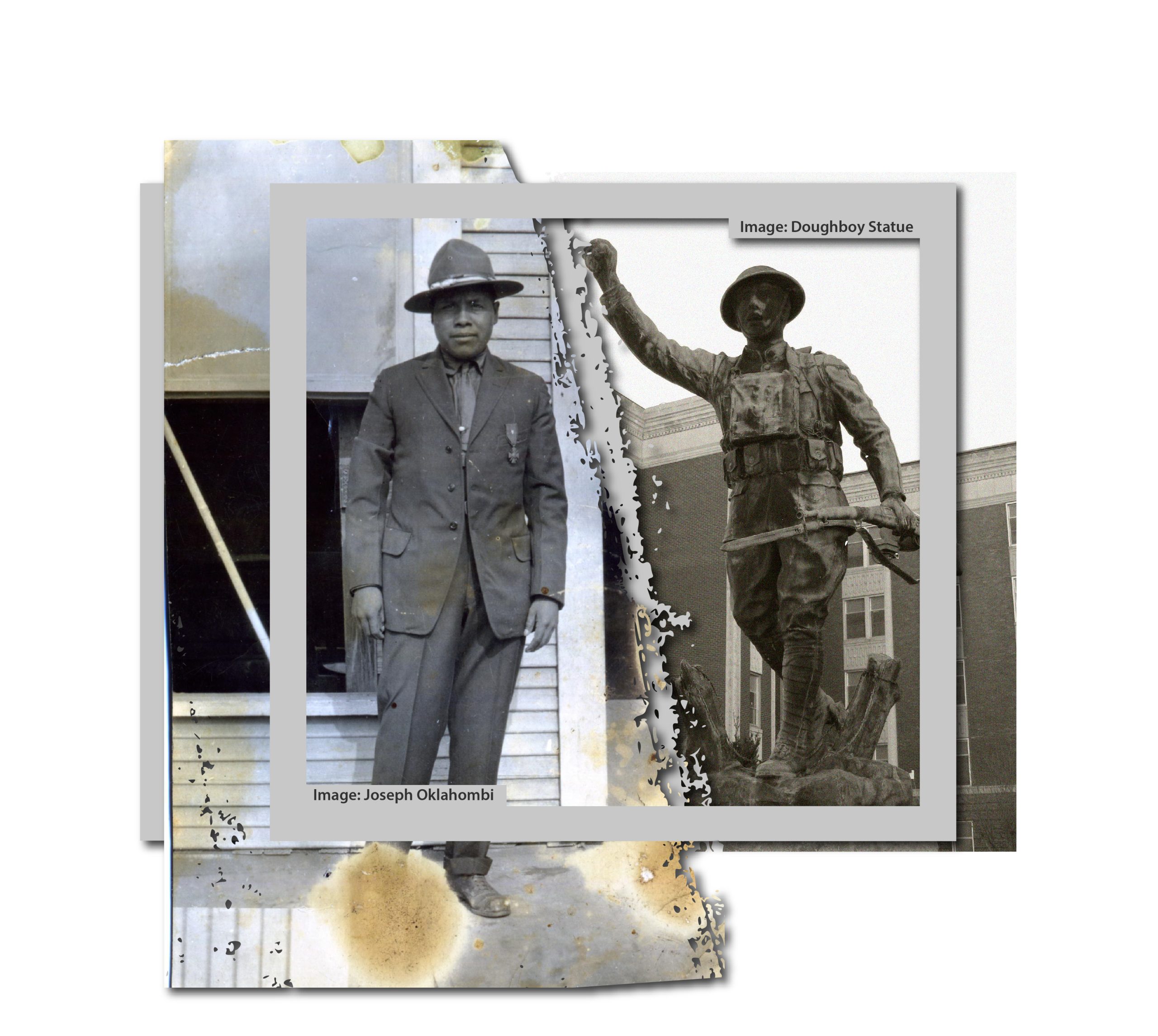
Featured Stories
Muskogee VA: A Hundred Years of Native American Veteran Care
Native Americans have served the United States with honor, loyalty, and bravery since the Revolutionary War. Despite facing discrimination, many Native American Veterans volunteered for service throughout the centuries, making significant contributions on the battlefield. Some saw it as fighting not only to protect the United States, but also their ancestral land. For their sacrifice, the VA hospital in Muskogee has led the charge in providing exceptional care for Native American Veterans for 100 years.

History of VA in 100 Objects
Object 77: Wheelchair Basketball at VA
Basketball is one of the most popular sports in the nation. However, for paraplegic Veterans after World War II it was impossible with the current equipment and wheelchairs at the time. While VA offered these Veterans a healthy dose of physical and occupational therapy as well as vocational training, patients craved something more. They wanted to return to the sports, like basketball, that they had grown up playing. Their wheelchairs, which were incredibly bulky and commonly weighed over 100 pounds limited play.
However, the revolutionary wheelchair design created in the late 1930s solved that problem. Their chairs featured lightweight aircraft tubing, rear wheels that were easy to propel, and front casters for pivoting. Weighing in at around 45 pounds, the sleek wheelchairs were ideal for sports, especially basketball with its smooth and flat playing surface. The mobility of paraplegic Veterans drastically increased as they mastered the use of the chair, and they soon began to roll themselves into VA hospital gyms to shoot baskets and play pickup games.
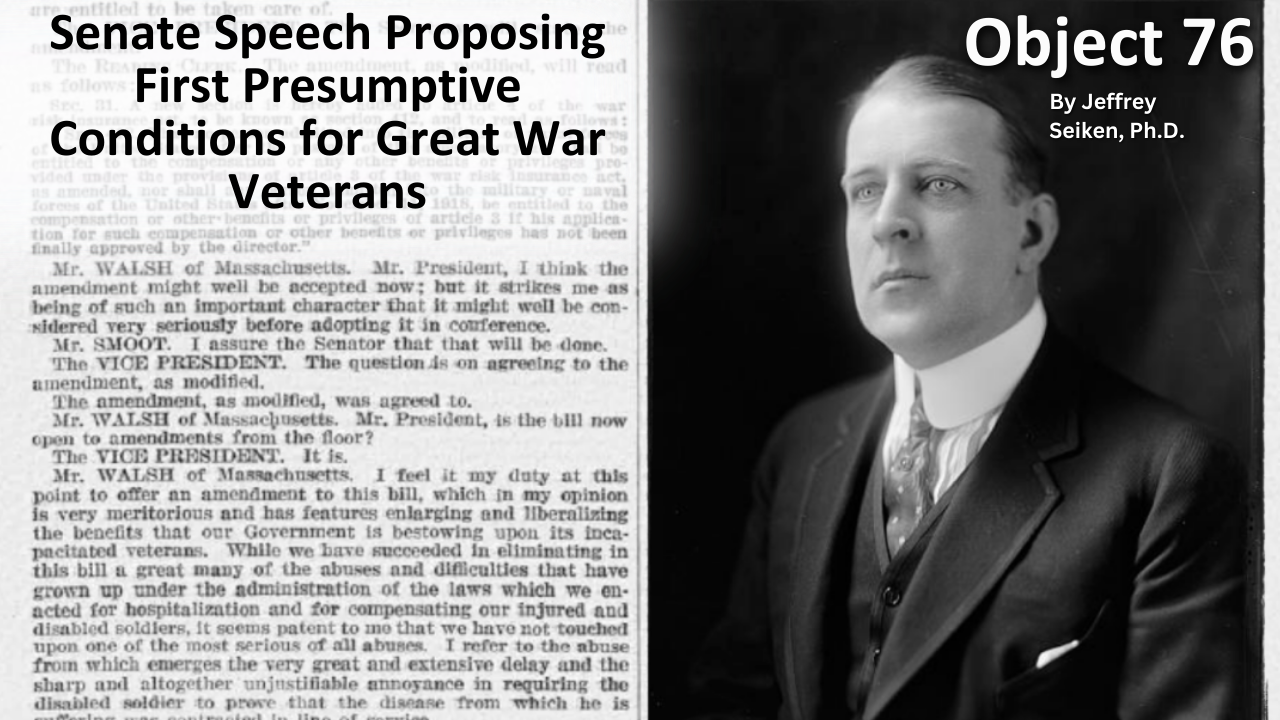
History of VA in 100 Objects
Object 76: Senate Speech Proposing First Presumptive Conditions For Great War Veterans
After World War I, claims for disability from discharged soldiers poured into the offices of the Bureau of War Risk Insurance, the federal agency responsible for evaluating them. By mid-1921, the bureau had awarded some amount of compensation to 337,000 Veterans. But another 258,000 had been denied benefits. Some of the men turned away were suffering from tuberculosis or neuropsychiatric disorders. These Veterans were often rebuffed not because bureau officials doubted the validity or seriousness of their ailments, but for a different reason: they could not prove their conditions were service connected.
Due to the delayed nature of the diseases, which could appear after service was completed, Massachusetts Senator David Walsh and VSOs pursued legislation to assist Veterans with their claims. Eventually this led to the first presumptive conditions for Veteran benefits.

Featured Stories
‘Hello Girls’ of World War I Quest for Veteran Recognition
After the United States entered World War I in 1917, American Expeditionary Force commander General John J. Pershing requested the recruitment of women telephone operators that were bi-lingual in English and French. Eventually 233 were selected out of over 10,000 applicants, and they served honorably through the war, earning the nickname of 'Hello Girls.'
However, their employment was not officially recognized as military service and therefore were neither honorably discharged, or eligible for the benefits other returning Veterans would receive. This kicked off a 60-year fight for 'Hello Girls' to receive legal Veteran status.
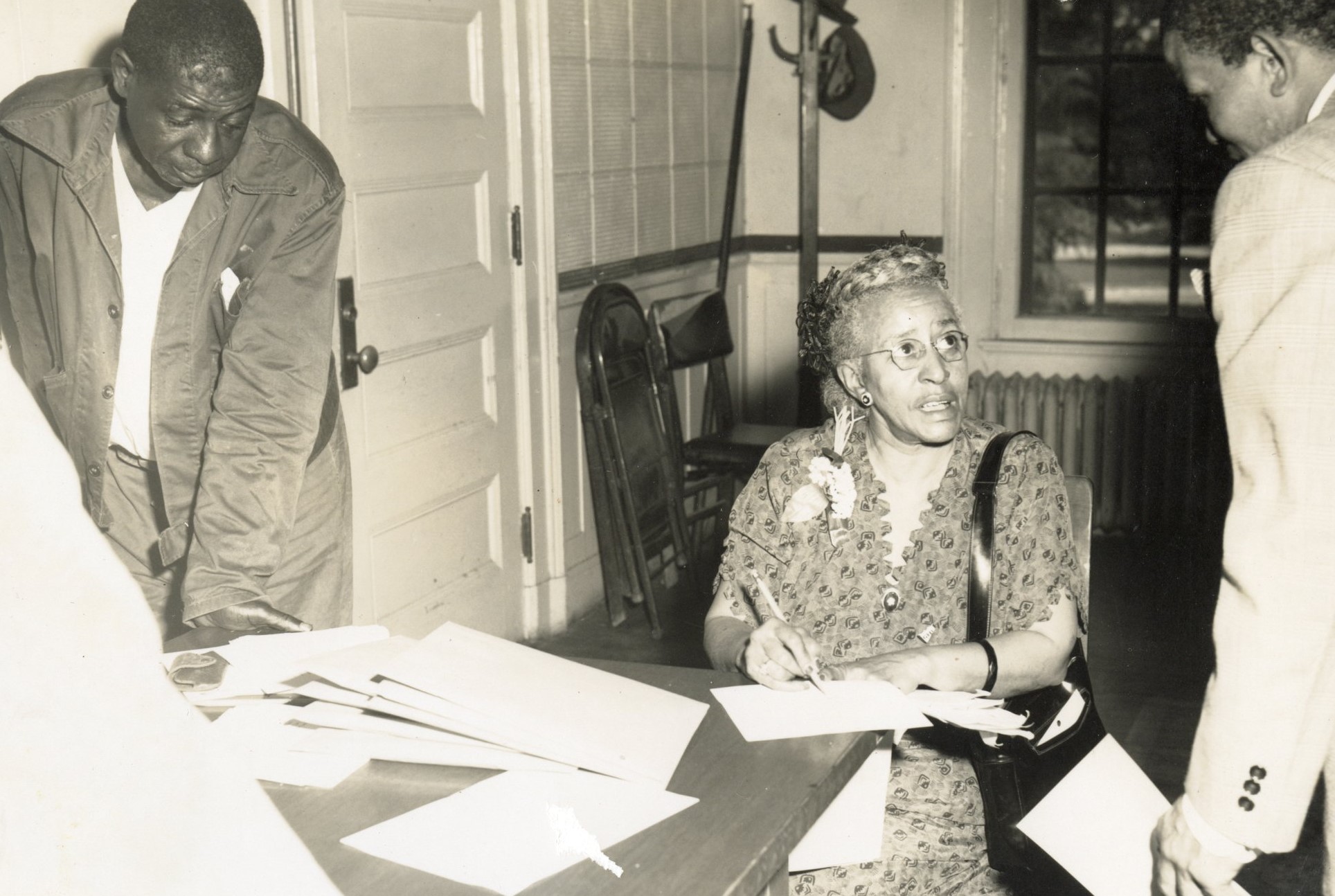
Featured Stories
Tuskegee’s Librarian: Dr. Sara Marie Johnson Peterson Delaney
Dr. Sara (Sadie) Marie Johnson Peterson Delaney was a trailblazer in promoting libraries and literacy – and worked at what would eventually become today’s VA. She was the Chief Librarian of the VA hospital in Tuskegee, Alabama, for 34 years.
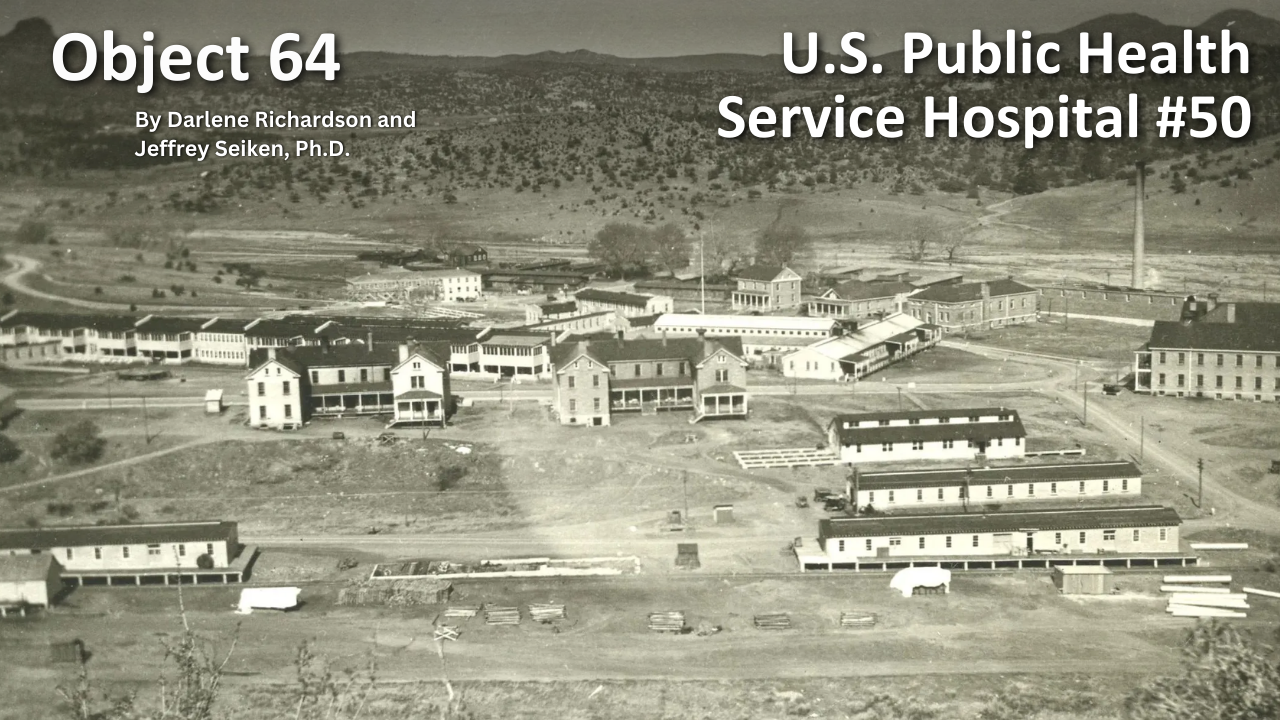
History of VA in 100 Objects
Object 64: U.S. Public Health Service Hospital #50
U.S. participation in the First World War produced a shift away from relying on long-term institutional care for Veterans in need to a model of Veteran welfare centered around short-term hospitalization. During the war, the War Department assumed responsibility for tending to the sick and wounded. Afterwards, when the Army dismantled its hospital system, the U.S. Public Health Service (PHS) stepped in to fill the breach, acquiring numerous facilities the Army and Navy no longer wanted as well as other properties that could be used for medical purposes.
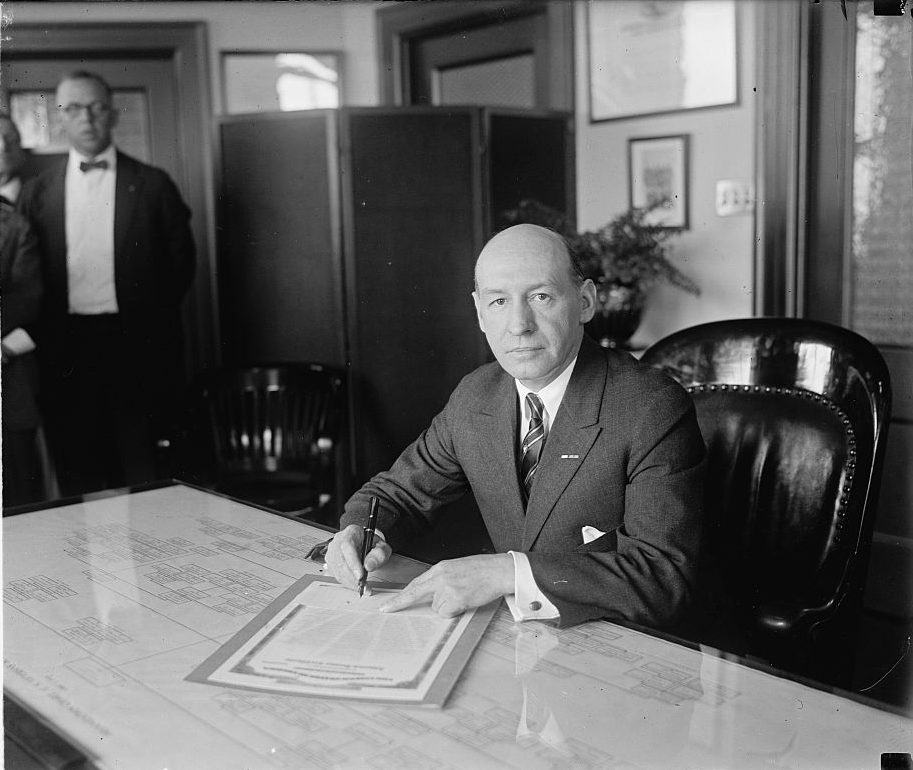
Featured Stories
Brig. Gen. Frank Hines – 1st VA Administrator
Frank Hines was the longest tenured VA leader, from 1923 until 1945 and end of World War II. He led two different Veteran agencies, first the Veterans Bureau and then the Veterans Administration. Despite constant challenges and changes to the system, he was a stable leader for a new federal agency.

History of VA in 100 Objects
Object 44: Bureau of War Risk Insurance Occupation of Smithsonian Museum
When World War I erupted in Europe in August 1914, the United States stayed neutral but the nation quickly became a major supplier of industrial and agricultural goods to France and England. To protect this valuable trade, Congress established the Bureau of War Risk Insurance (BWRI) within the Treasury Department to insure American ships and cargo “against loss or damage by the risks of war.”


